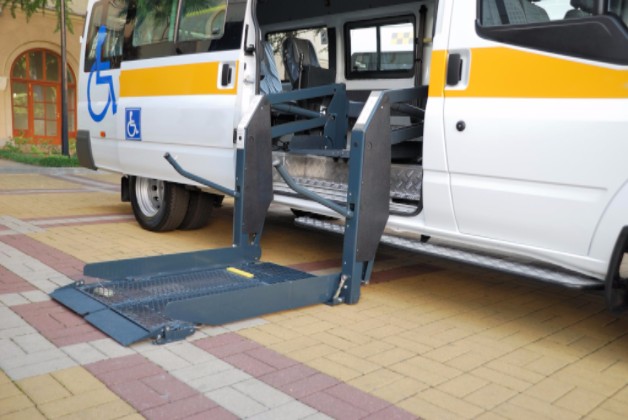
Setting out to buy a wheelchair van that meets your needs can seem a daunting task. For starters, you must ask questions like
- Which mobility vehicle will be the most cost-effective, upfront and overall?
- Does it accommodate me and my weight comfortably?
- Will it have adequate interior space for me, my family and luggage?
- Is it easy to use?
These are just some of the considerations you have to think about when purchasing a wheelchair van. Wheelchair vans come in diverse shapes, sizes and have myriads of specifications to suit your exact needs.
Getting started
Before you get started choosing a wheelchair accessible van, first it helps to know your options. For example, don’t want a ramp? Consider getting a lift.
Everybody out there has unique needs. That’s why it’s important to put in some work to get the best deal for a mobility van.
We have one word for you: research.
Brace yourself. You may have to search through numerous websites before you know what specifications you are going for.
Consider contacting a professional mobility van consultant to help explain your options and get the best deal on a mobility van that is the best fit for you.
Consider a mobility vehicles dealer’s track record when shopping around. Is the dealer reliable? Reputable? What’s their customer satisfaction rating. Choose an accredited dealership. Reviews may prove useful in hunting for the best dealer to avoid knockoffs and substandard vehicles.
Why buy a mobility van?
Mobility vans improve ease of movement and enhance the quality of life for mobility impaired individuals. They provide a safer, cheaper and less stressful means of transport for people confined to a wheelchair.
It’s a good idea to check hand controls and low effort steering before buying. Nowadays, mobility vans are becoming friendlier for mobility impaired drivers.
Mobility vehicles cater to every group with ample wheelchair ramps and lifts capable of withstanding both the weight of the wheelchair and the owner. Additional accessories such as breathing machines and oxygen tanks can also be included.
Most modern mobility vans feature chair restrains and tie downs for wheelchairs. Ramps and lifts are quality assured and usually can withstand weights of up to 800 pounds.
Types of mobility vans
When acquiring a handicap conversion vans, you will opt for either side-entry and rear-entry vehicles. Side-entry allows for access to the driver’s side and front passenger seats. They are the most common types of mobility vans and are used by many wheelchair drivers. Rear-entry vehicles allow for midsection and rear van sections access by the user.
Besides entry location, there are two main types of mobility vans to choose from: Mini-wheelchair vans and full-sized wheelchair vans.
Mini-wheelchair vans are the smaller of the two. In comparison to SUVs, they have higher weight capacity and lower centers of gravity which reduces the chances of a rollover. Moreover, mini wheelchair vans have ample interior space and decent fuel economy compared to the larger full-sized vans. In these smaller vans, the room provided is only for one wheelchair user and excludes space for other passengers. Wheelchair minivans are also less costly than SUVs and full-sized vans.
Full-sized wheelchair vans are bigger and offer more interior space. Some full-sized vans feature a lowered floor or raised roof, providing ample space in the van to suit your needs. These vans are best for heavy wheelchair users or users with electric wheelchairs since power chairs might weigh up to 500 pounds. A larger space also allows for more than one occupied wheelchair, including storage. If the floor is not well raised, the wheelchair user might not see out of the window.
Alternative mobility vans include a wheelchair conversion van feature, which is a kneeling system that lowers the car’s posterior suspension to decrease the incline of the wheelchair ramp. While these vehicles are markedly more expensive, they improve general ease of use and comfort when accessing the van. They are also suitable for extra-large wheelchairs (28″ width) with tall headrests (up to 54″).
Which mobility van is best?
In the end, the decision on which handicap conversion van you choose solely relies on the end user. What are your tastes and preferences? Remember, consider a warranty when getting your wheelchair accessible vehicle. The best bet would be to contact a mobility consultant in order to get the best out of a warranty deal.